Last Chance to Catch NYC's Holiday Notalgia Train
We met the voices of the NYC subway on our nostalgia ride this weekend!


Ambitious young women of the 20th-century flocked to the intersection of Lexington Avenue and 63rd Street, to The Barbizon Hotel, where they could live out the ultimate New York City dream of reinvention. At the Barbizon, New York’s most iconic women-only hotel, fresh-faced girls from across the country transformed themselves into working women and honed their skills as artists in the big city. Immortalized as The Amazon in Sylvia Plath’s only novel, The Bell Jar, the Barbizon left an indelible mark on the women who stayed there and the history of New York City.
The rooms of the Barbizon were famously filled with students from the Katherine Gibbs secretarial school, collegiate guest editors from Mademoiselle magazine like Joan Didion, models from the Powers agency, and actresses like Grace Kelly and Liza Minelli, but there were other residents whose stories may be less glamorous, but no less worthy of telling. In her new book, The Barbizon: The Hotel That Set Women Free, which has garnered rave reviews from New York Times, Washington Post, and The New Yorker, author, and historian Paulina Bren explores both the well-known and overlooked stories of the Barbizon, connecting the personal experiences of its residents to the larger cultural movements that have occurred over the past century.
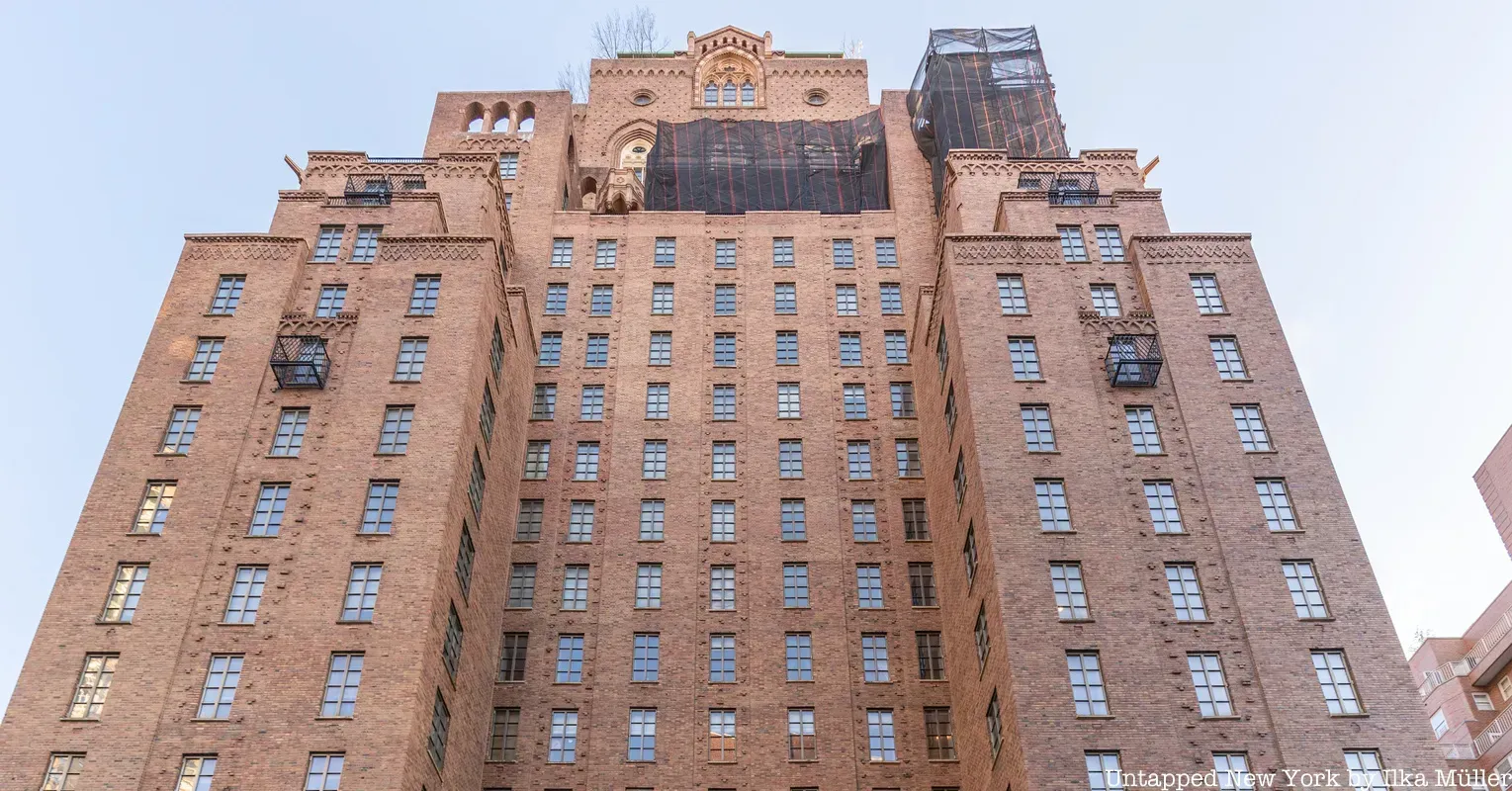
Saturday, July 12th at 11am ET: Uncover the homes & haunts of a beloved NYC writer who got her start at The Barbizon, and see how these urban spaces inspired her bestselling book!
⭐ Get 50% off tickets as a member at the Fan tier or higher!
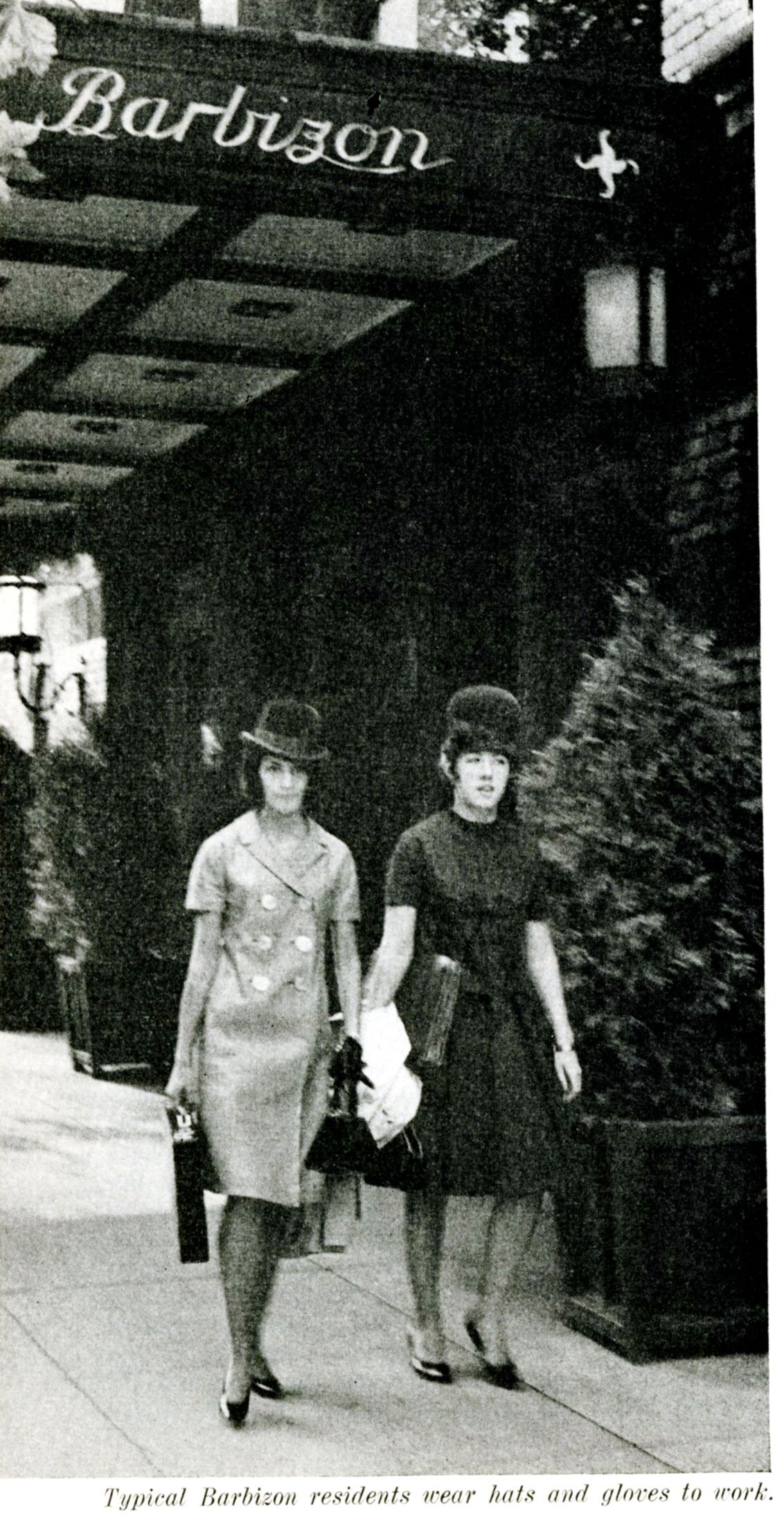
When William H. Silk opened The Barbizon Club-Residence for Women in 1928, he had a clear vision of the type of woman he wanted the establishment to appeal to. Silk wanted to attract the “artistically inclined,” as Bren writes in The Barbizon. Part of Silk’s plan to appeal to this demographic was to give the hotel an artsy name.
Barbizon is a small village near the Fontainebleau forest in France. The village offered affordable lodging to artists who came to capture the beauty of the bucolic setting. Soon, a new art movement emerged. The Barbizon School was exemplified by famous painters such as Théodore Rousseau, Jean-Baptiste Corot, and Jean-François Millet. Just as the small village in France offered a haven for these 19th-century artists, the Barbizon hotel would welcome burgeoning artists of the 20th-century. Inside the hotel, residents could practice their crafts in the Four Arts Wing, where there were sun-soaked painting studios and soundproofed rooms for musicians.
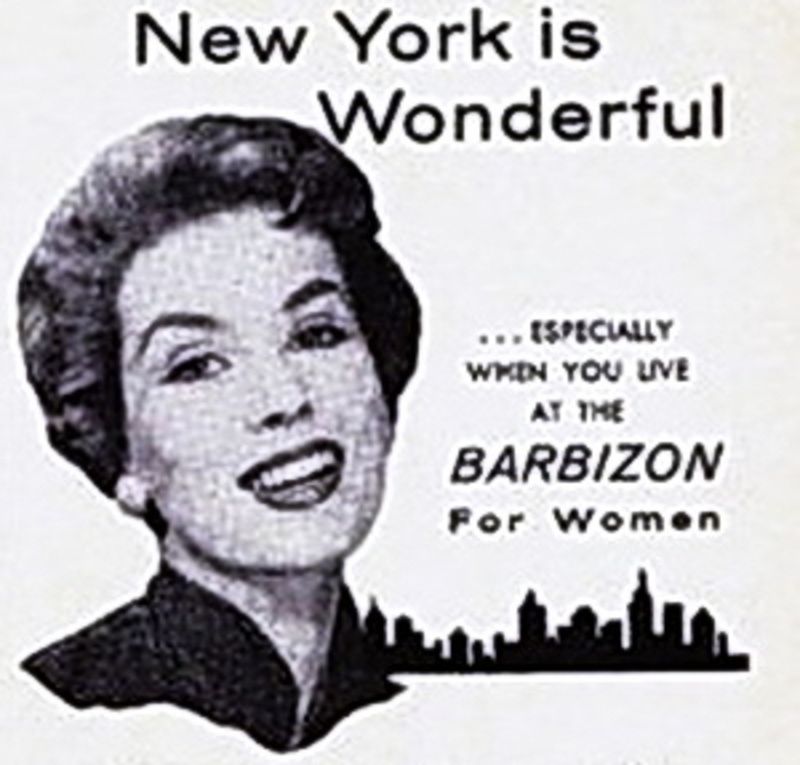
It’s not for nothing that the Barbizon earned the nickname “The Dollhouse.” In addition to attracting the “artistically inclined,” the Barbizon also had a reputation of housing women with a certain look. The residents of the Barbizon were overwhelmingly white, from middle and upper-class families, and it helped if they were good-looking (just think of the hotel’s most famous resident, Grace Kelly). Every woman who stepped into the Barbizon hoping to blaze a path for herself in New York City had to make it past the first obstacle at the front desk. It was there that Mrs. Mae Sibley, “assistant manager and front-desk hawk” as Bren describes her, judged each woman who entered by giving her a once over and reading her reference letters.
If the letters and the girl’s appearance were deemed acceptable, she was granted entry to the hallowed halls of the Barbizon. Not all girls passed Mrs. Sibley’s test with flying colors though. Sibley had a grading system which Bren breaks down in the book as follows: “A’s were under the age of 28, B’s were between twenty-eight and thirty-eight, and C’s, well, they were over the hill.” Once admitted to the Barbizon, residents had to adhere to strict standards, to uphold the hotel’s reputation. In The Barbizon, Bren recalls an incident in 1961 when budding writer Joan Gage tried to leave the hotel in slacks. The staff made her go back up to her room and change. Even in the midst of financial hardships and low vacancy rates of the 1970s, the hotel still turned away guests who did not have the appropriate letters of recommendation.
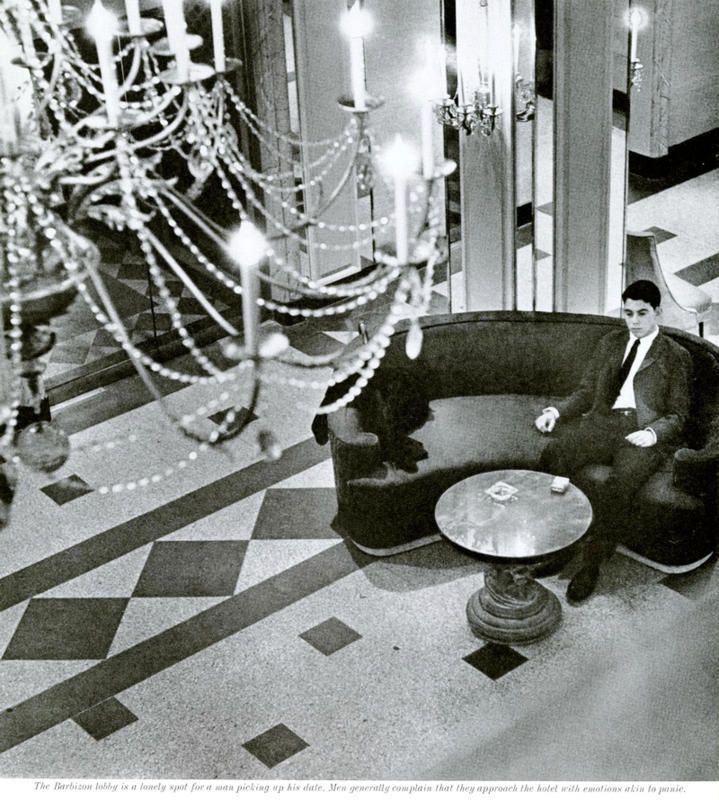
Until the hotel officially welcomed men as guests in 1981, they weren’t allowed past the lobby. At night, the male elevator operators were actually switched out for female operators. In the lobby, beneath the mezzanine, the Barbizon boys would wait for their dates on Saturday nights. The lobby of the Barbizon and the hotel’s adjoining coffee shop became preferred hangouts for New York City men. Even noted author J.D. Salinger, famous for his novel The Catcher in the Rye, was known to hang out at the coffee shop in hopes of getting a date with one of the Barbizon’s “dolls.”
Just because men weren’t allowed upstairs doesn’t mean they didn’t try to get up there. A handful of men claim to have been successful, but the majority were not. Their attempts to impersonate doctors, plumbers, or electricians – the only men allowed on the upper floors – always failed. One man, actor, and storyteller Malachy McCourt says he spent a night in one of the Barbizon’s floral curtained rooms. Bren relates in her book that McCourt was able to zip past the front desk sentries with “alcohol giving him confidence and rugby training a fast run,” as his date kept the staff distracted.
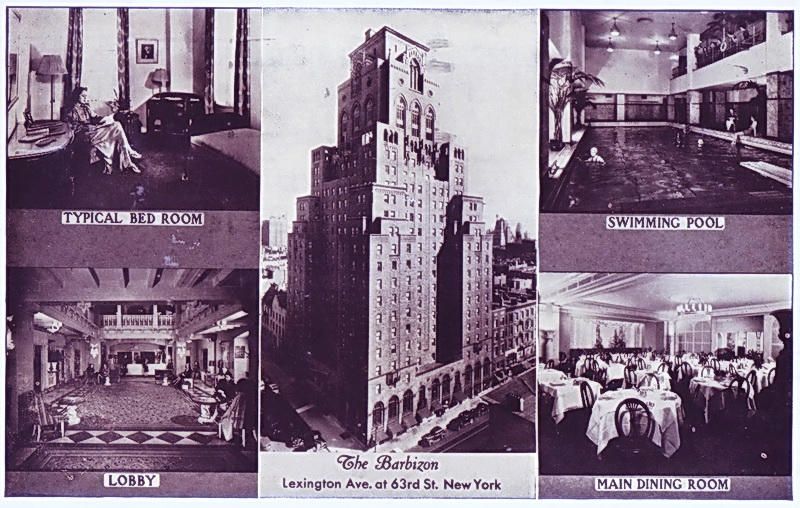
The Barbizon offered a safe haven for single-women in New York City. Its single-sex status and selective reputation comforted parents who were sending their young daughters out into the world for the first time. However, despite the safety promised by the pale brick walls of the Barbizon and the comforting protective presence of guardians like Mrs. Sibley and the long-time doorman Oscar, tragic events did occur at the Barbizon.
In the 1970s and 80s when New York City as whole was racked by crime, so was the Barbizon. In 1975, long-time resident Ruth Harding was found strangled to death in her room on the 11th floor. Bren writes that the 79-year-old was a friendly fixture of the hotel who “liked to hang out in the lobby and talk to anyone willing to listen.” Her tragic and mysterious murder is still unsolved.
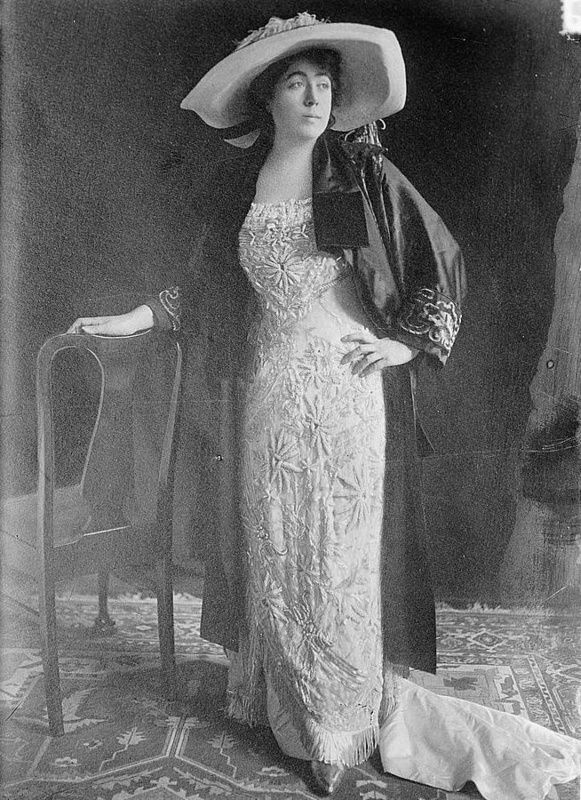
Throughout its more than 90 years in operation, the Barbizon has welcomed an eclectic mix of guests and has served as a launchpad for some of the most famous women of the 20th-century. Grace Kelly, Sylvia Plath, Joan Didion, Rita Hayworth, Liza Minelli, and fashion designer Betsey Johnson are just a few of the recognizable names who spent time at the Barbizon. Sylvia Plath threw her clothes off the roof, Judy Garland pestered hotel staff with constant calls to check up on Liza, and Rita Hayowrth did a photoshoot in the Barbizon’s gym.
One of the hotel’s earliest celebrity residents was “The Unsinkable” Molly Brown, a survivor of the Titanic. Brown was already older than most of the young flappers who were making their way to the newly opened hotel, but she loved her tiny room and the amenity spaces. She was often found belting out songs in the recital room. Brown died in her room at the Barbizon in 1932.
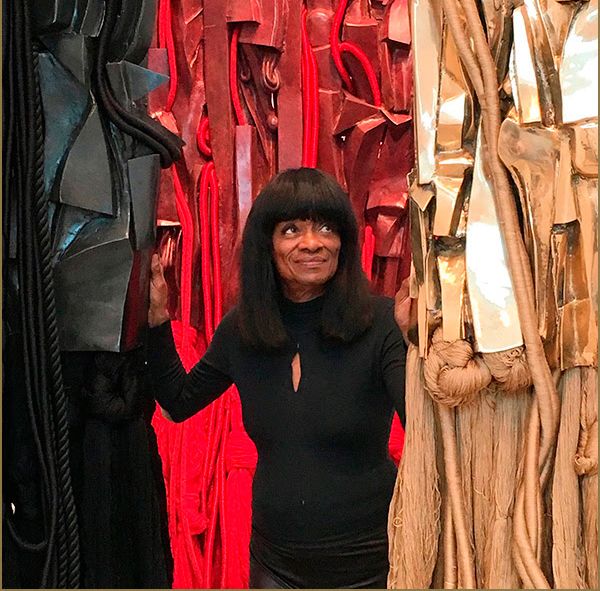
When Barbara Chase stepped into the lobby of the Barbizon in the summer of 1956 she was stepping over two major cultural milestones. Chase was the first African American to be chosen for a much coveted spot in the guest editor program at Mademoiselle magazine and as a result, was to be housed in the Barbizon with the rest of the guest editors for a summer in New York City. Chase was likely the very first African American client to stay at the Barbizon.
Despite the barriers Chase broke down, her time at Mademoiselle and the Barbizon was largely unrecognized. As Bren writes in The Barbizon, “Barbara’s presence is never remarked on in the August 1956 issue. She is simply there.” It would take another five years for a Black woman to appear on the pages of a women’s fashion magazine in America. That honor would go to model Willete Murphy in 1961, but back in 1956, Chase was there. After her summer at the Barbizon and Mademoiselle, Chase took an internship at Charm magazine and eventually got a fellowship at the American Academy in Rome. She would go on to become a renowned visual artist and award-winning writer with works featured at institutions like the Metropolitan Museum of Art.
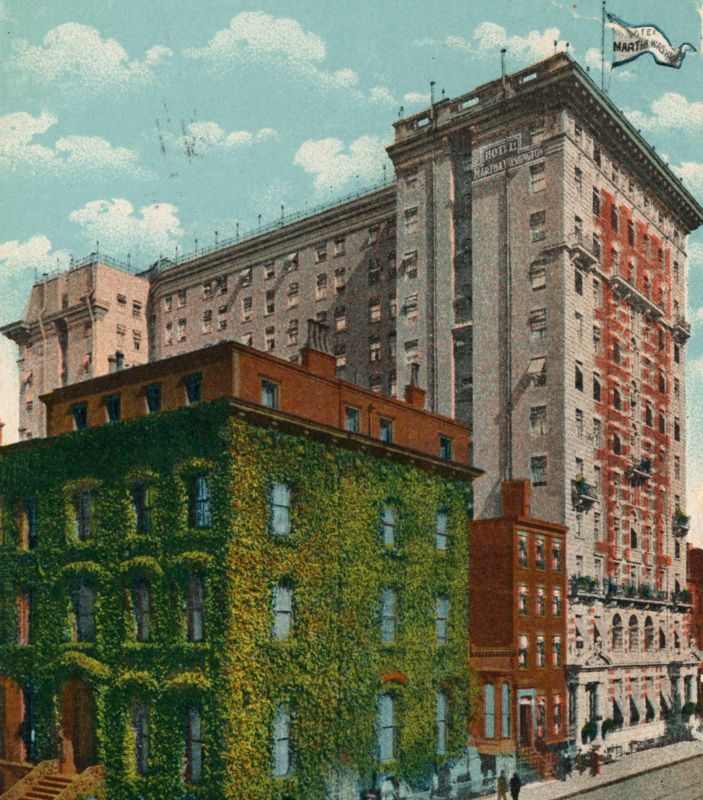
While the Barbizon may be New York City’s most famous and most glamorous women-only hotel, it was not the only one of its kind. The first was the Martha Washington Hotel which opened in 1903 on Madison Avenue between 29th and 30th Streets. At the time, it was illegal for a female traveler to rent a room by herself after 6:00 pm, unless, Bren writes, “she was hauling a heavy travel trunk to prove she was no prostitute.”
The twelve-story Martha Washington Hotel with its all-female staff and hundreds of female guests was an anomaly of its time, but soon, others followed, all catering to the new growing demographic of young, single, working women. The Business Woman’s Hotel opened in 1914 followed by The Allerton House for Women in 1920 and the American Women’s Association Hotel in 1928. “But it was the Barbizon Hotel that truly captured America’s imagination, Bren writes.
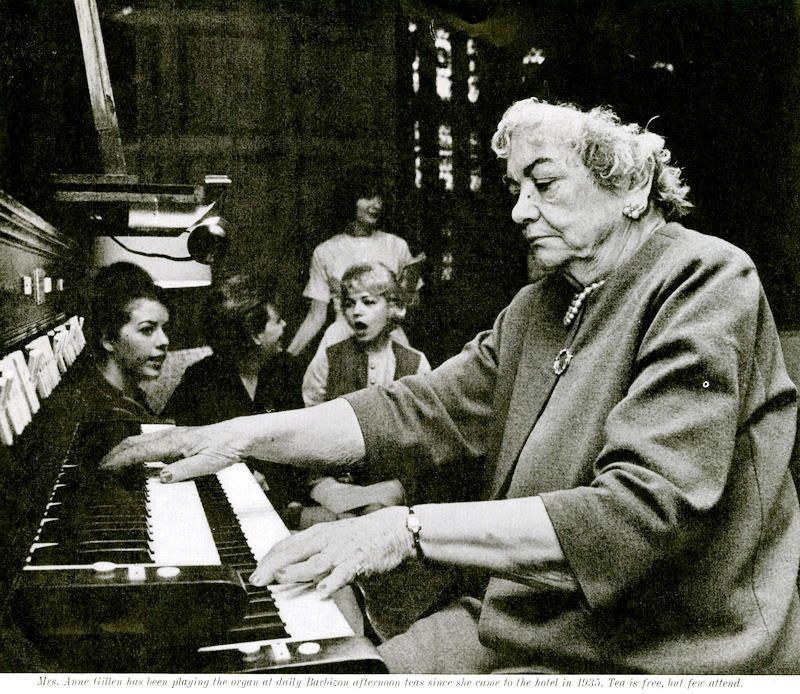
The older, wizened residents of the Barbizon were always referred to by the younger set as “the Women.” While the “the Women” had always been part of the Barbizon’s clientele, their presence was felt most when the hotel began to slip out of fashion. By the 1970s, young women in New York City had more freedom than ever before and places like the Barbizon, which held fast to waning ideas of propriety, were in conflict with the new attitudes of the women’s liberation movement.
With the young women of New York City flocking to discos, marches, and countless other places now open to their sex, the older ladies of the Barbizon became more visible. In 1975, hotelier David Teitelbaum saw “the Women,” who liked to mill about the lobby, as a hindrance and nuisance. He had all the lobby furniture removed to discourage “the Women” from hanging around, but thanks to rent control protection laws, “the Women” were there to stay. While the rest of the hotel was given a modern upgrade, the Women’s wing stayed frozen in the past.
In 2005, the remaining 21 Women were relocated to a nearby hotel while the Barbizon was converted into condominiums. Once renovations were complete, “the Women” moved back into new apartments on the fourth floor (though some insisted on remaining in their original single-occupancy rent-controlled rooms, which also received a facelift). There are just five Women left living in the Barbizon today, paying the same rent they paid when they arrived, some as far back as the 1950s.
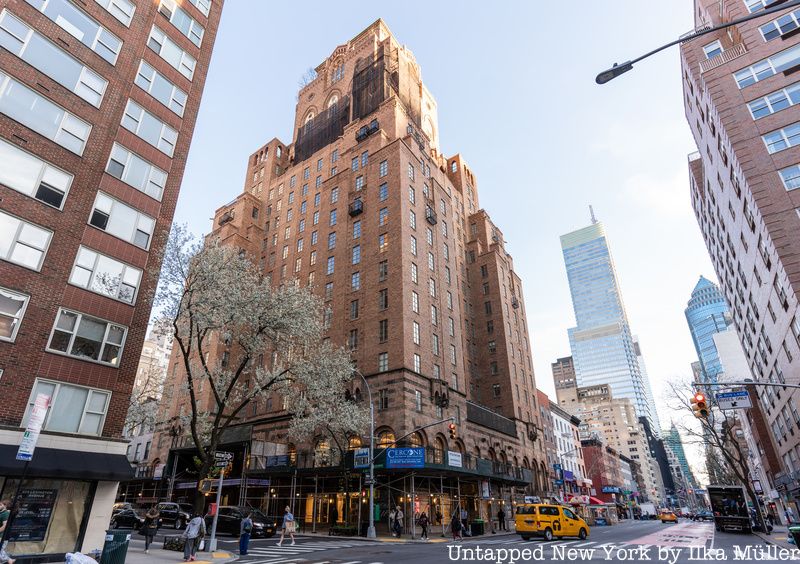
To solve the problem of low vacancy rates, the Barbizon need new clients. The largest untapped market for the hotel was men. So, after fifty-four years of catering solely to women, the Barbizon welcomed its first, official, male guest on Valentine’s ay 1981. The title didn’t just go to the first guy who booked a room; no, this was an event. The Barbizon hosted a raffle to select who would be the first man to stay at the hotel.
The winner, homeopathic doctor David Cleveland from Massachusetts, was picked up at JFK Airport by limo and chauffeured to the hotel, where he was met with fanfare. While Sammy Crahn sang love songs in the lobby, Dr. Cleveland was handed his key as a bevy of camera shutters clicked. As he strode out of the lobby and up to his room, no one tried to stop him. Dr. Cleveland was joined by seventy other men who booked rooms at the Barbizon that historic weekend.
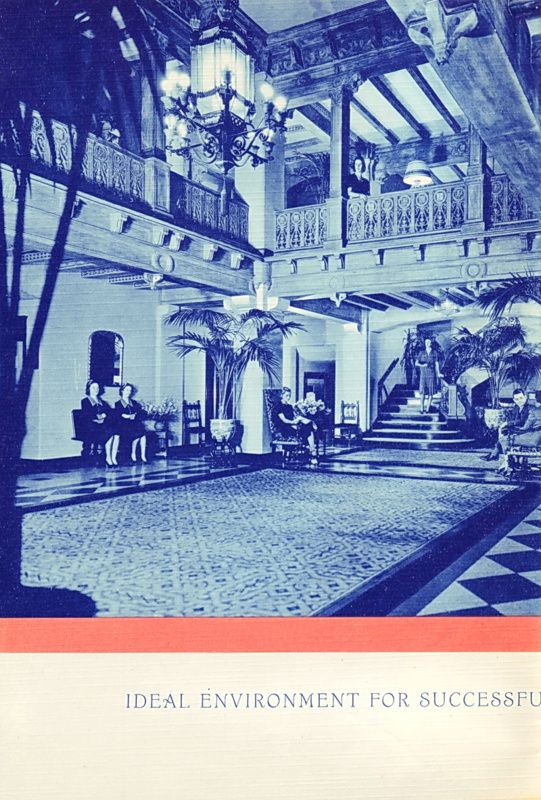
The flappers, Gibbs girls, and Powers models who stayed at the Barbizon throughout the 20th-century would hardly recognize it today from the inside. While the building’s exterior has retained its eclectic 1920s look, the interior has undergone multiple renovations starting in the 1980s under hotelier David Teitelbaum and continuing into the 1990s. In 1994, under owner Ian Schrager, the coffee shop, where J.D Salinger used to sit trying to pick up a date and where Sylvia Plath had breakfast, was leased to Equinox fitness along with the pool. A few years later, under new management and renamed The Melrose Hotel at the Barbizon, the pool was removed along with the recital room’s pipe organ. The iconic lobby mezzanine where the girls of the Barbizon would look down at the crowd of men waiting for their dates on a Saturday night now also became a remnant of the past. Today, the building is called The Barbizon/63 and is comprised of luxury condos.
In 2012, the Barbizon Hotel was designated a New York City Landmark for its high-quality architectural features and its cultural significance. The building retains its signature exterior features such as intricate, multi-colored brickwork and elaborate setbacks, a result of the 1916 zoning laws, accented by terra-cotta balconies and Gothic arches, The biggest difference to the exterior is the marquee that hangs above the main entrance on 63rd Street, which no longer reads “The Barbizon,” but simply the building’s address, 140.
Next, check out How 10 Famous NYC Buildings Got Their Names
Subscribe to our newsletter